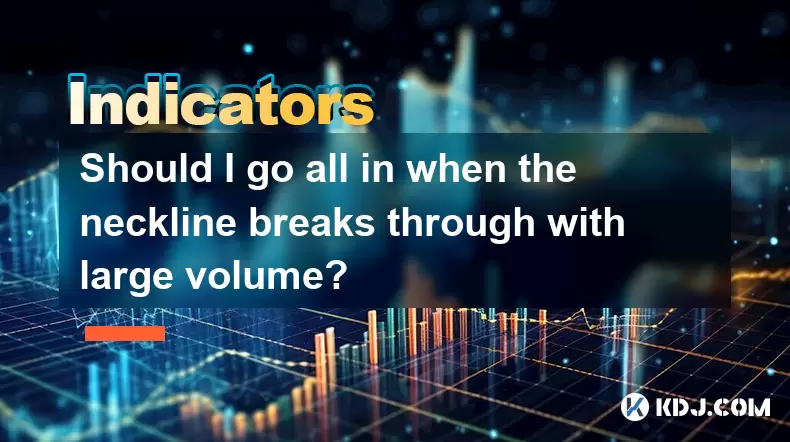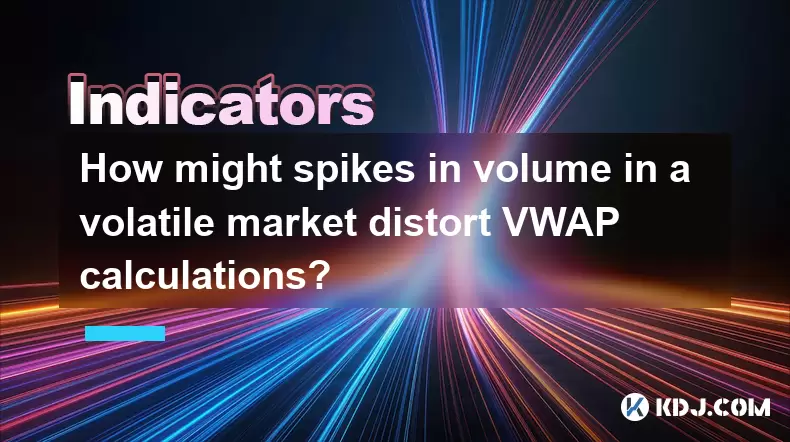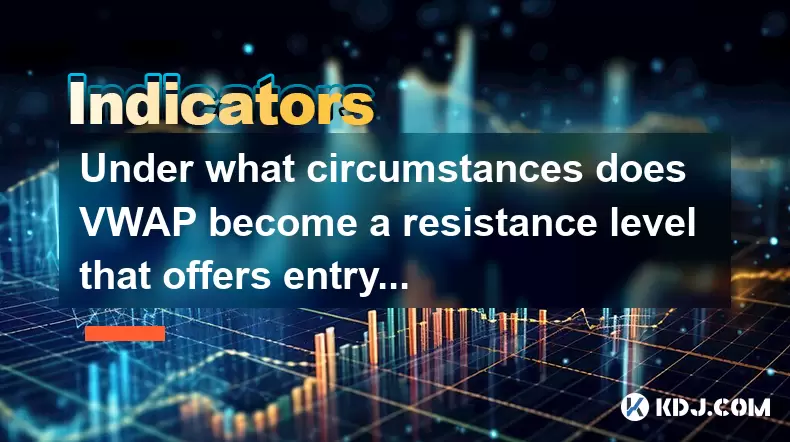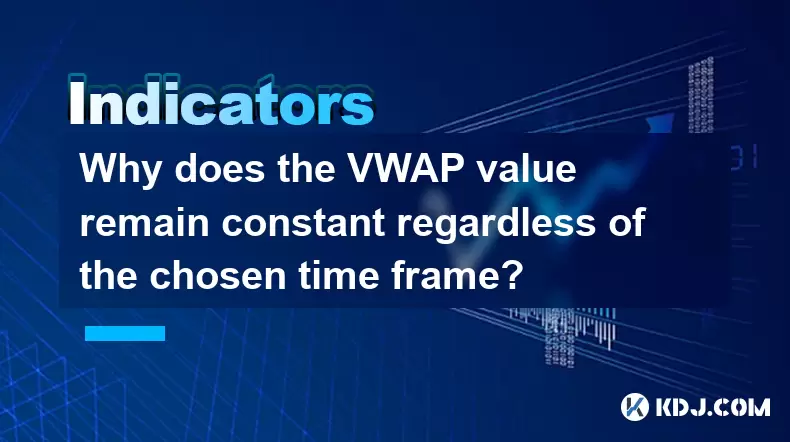-
 Bitcoin
Bitcoin $117700
-0.03% -
 Ethereum
Ethereum $3805
0.49% -
 XRP
XRP $3.098
-1.00% -
 Tether USDt
Tether USDt $1.000
0.03% -
 BNB
BNB $792.8
-1.72% -
 Solana
Solana $177.9
-1.95% -
 USDC
USDC $1.000
0.02% -
 Dogecoin
Dogecoin $0.2202
-1.55% -
 TRON
TRON $0.3278
-2.92% -
 Cardano
Cardano $0.7641
-2.43% -
 Hyperliquid
Hyperliquid $42.21
-2.68% -
 Sui
Sui $3.758
-1.58% -
 Stellar
Stellar $0.4080
-3.21% -
 Chainlink
Chainlink $17.75
-0.33% -
 Bitcoin Cash
Bitcoin Cash $591.8
4.96% -
 Hedera
Hedera $0.2561
-3.09% -
 Avalanche
Avalanche $23.34
-4.24% -
 Litecoin
Litecoin $110.7
1.96% -
 UNUS SED LEO
UNUS SED LEO $8.956
-0.01% -
 Toncoin
Toncoin $3.410
0.79% -
 Ethena USDe
Ethena USDe $1.001
0.03% -
 Shiba Inu
Shiba Inu $0.00001288
-1.82% -
 Uniswap
Uniswap $10.07
-2.06% -
 Polkadot
Polkadot $3.807
-2.27% -
 Monero
Monero $308.2
-2.15% -
 Dai
Dai $1.000
0.03% -
 Bitget Token
Bitget Token $4.521
-0.30% -
 Pepe
Pepe $0.00001134
-1.52% -
 Cronos
Cronos $0.1457
0.65% -
 Aave
Aave $274.9
-2.47%
Should I go all in when the neckline breaks through with large volume?
A neckline breakout with high volume signals strong momentum, but smart traders use risk management, context, and layered entries instead of going all in.
Jul 30, 2025 at 12:43 am

Understanding the Neckline Breakout in Technical Analysis
In technical analysis, the neckline is a critical support or resistance level associated with the head and shoulders or inverse head and shoulders chart pattern. When traders observe a breakthrough of the neckline, especially with large trading volume, it often signals a potential reversal in the prevailing trend. The neckline breakout is considered a high-probability trade setup by many technical traders. However, the decision to go all in—meaning to allocate a full trading position or a disproportionately large portion of capital—requires careful evaluation of multiple factors beyond just the breakout itself. A breakout with large volume increases the credibility of the move, as it suggests strong participation from market participants, but it does not guarantee continued momentum.
Assessing Volume as Confirmation
Volume plays a crucial role in validating the strength of a breakout. A significant increase in volume during a neckline breach indicates that institutional or aggressive retail traders are participating in the move, reducing the likelihood of a false breakout. To analyze volume effectively:
- Compare the current volume to the average volume over the past 20 trading sessions.
- Look for volume that is at least 1.5 times higher than the average.
- Confirm that volume remains elevated in the follow-through sessions after the breakout.
- Use volume indicators such as the On-Balance Volume (OBV) or Volume Weighted Average Price (VWAP) to assess buying pressure.
A breakout with low or average volume may lack conviction and could result in a price reversal. However, even with high volume, it is unwise to assume the trend will continue indefinitely. The presence of volume confirms interest, not direction sustainability.
Risk Management and Position Sizing
Going all in on any single trade, regardless of how strong the signal appears, contradicts fundamental principles of risk management. Professional traders typically risk no more than 1% to 2% of their total capital on a single trade. To apply this to a neckline breakout:
- Calculate your maximum acceptable loss based on your account size.
- Determine your stop-loss level, which should be placed below the breakout candle (for long positions) or above it (for short positions).
- Use the distance between entry and stop-loss to calculate position size.
- Adjust the number of contracts or coins accordingly to stay within risk parameters.
For example, if you have a $10,000 account and follow a 1% risk rule, your maximum loss per trade is $100. If your stop-loss is 5% away from your entry, your total position should not exceed $2,000 (since 5% of $2,000 is $100). This method prevents catastrophic drawdowns from a single losing trade, even if the setup looked promising.
Verifying the Broader Market Context
A neckline breakout in isolation may be misleading without considering the broader market environment. Cryptocurrency markets are highly correlated, and major assets like Bitcoin (BTC) often influence altcoin movements. Before committing capital:
- Check whether Bitcoin is in a bullish or bearish phase.
- Analyze the overall market sentiment using tools like the Crypto Fear & Greed Index.
- Review on-chain metrics such as exchange netflow, whale accumulation, and funding rates.
- Examine the relative strength of the asset against BTC and USD.
An asset breaking out while Bitcoin is in a downtrend may face headwinds, leading to a failed breakout. Similarly, a breakout during a period of high leverage in the futures market could result in a sharp liquidation cascade, invalidating the move. Contextual awareness prevents impulsive decisions based on isolated technical signals.
Entry Strategies and Trade Execution
Even with a confirmed breakout and favorable volume, the way you enter the trade matters significantly. Going all in at the initial breakout exposes you to potential fakeouts. Instead, consider a layered entry approach:
- Allocate a partial position (e.g., 30%) when the price closes above the neckline with high volume.
- Wait for a retest of the neckline, now acting as support, to add a second portion.
- Confirm that volume remains supportive during the retest.
- Use limit orders to avoid slippage in volatile markets.
- Avoid market orders during high volatility unless speed is critical.
This strategy improves your average entry price and reduces risk. It also allows you to validate the breakout’s strength before committing more capital. Additionally, set take-profit levels based on measured moves—the vertical distance from the head to the neckline projected upward from the breakout point.
Psychological and Behavioral Factors
The temptation to go all in often stems from FOMO (fear of missing out), especially when a breakout occurs rapidly with strong momentum. Emotional trading leads to poor decision-making. To counteract this:
- Stick to a predefined trading plan that includes entry, exit, and risk parameters.
- Avoid increasing position size due to recent wins (the gambler’s fallacy).
- Journal every trade, noting the rationale and outcome.
- Review past trades to identify behavioral patterns.
Discipline overrides emotion. A single trade should not define your strategy, even if it appears to be a perfect setup. The cryptocurrency market is volatile and unpredictable, and overexposure can erase months of gains in hours.
Frequently Asked Questions
What is a false breakout, and how can I identify one?
A false breakout occurs when price moves beyond a key level like the neckline but quickly reverses, closing back within the prior range. Signs include a lack of follow-through volume, rejection candles (like long wicks), and failure to retest the breakout level as support. Using a stop-loss and waiting for a retest helps avoid false signals.
Should I use leverage when trading a neckline breakout?
Leverage amplifies both gains and losses. Given the volatility of cryptocurrencies, using high leverage on a breakout increases the risk of liquidation, especially during whipsaws. Conservative traders avoid leverage on breakout entries or use it only with strict risk controls.
Can the neckline be curved or does it have to be straight?
The neckline does not need to be perfectly straight. In many head and shoulders patterns, it slopes slightly upward or downward. What matters is that it connects the reaction highs (in a head and shoulders top) or lows (in an inverse pattern) consistently. The key is the psychological level it represents.
How long should I hold the position after a successful breakout?
Holding duration depends on your trading style and the asset’s behavior. Some traders take partial profits at the measured move target, while others trail their stop-loss to capture extended momentum. Monitoring volume and price action helps determine when momentum is fading.
Disclaimer:info@kdj.com
The information provided is not trading advice. kdj.com does not assume any responsibility for any investments made based on the information provided in this article. Cryptocurrencies are highly volatile and it is highly recommended that you invest with caution after thorough research!
If you believe that the content used on this website infringes your copyright, please contact us immediately (info@kdj.com) and we will delete it promptly.
- LYNO Token Presale: AI Arbitrage Revolution in DeFi
- 2025-07-31 05:11:11
- Pepecoin Successors: Can These Cryptocurrencies Make You a Millionaire?
- 2025-07-31 05:50:12
- AML Bitcoin Fraud: Cracking Down on Crypto Crime in the Big Apple and Beyond
- 2025-07-31 04:33:53
- Cardano (ADA) in 2025: Navigating Crypto's Future
- 2025-07-31 03:52:07
- Solana Meme Coin Price Prediction: Will the Frog Outleap the Dog?
- 2025-07-31 03:52:07
- Bitcoin's Bullish Outlook: CryptoQuant's Insights on Futures Market Cooling
- 2025-07-31 03:59:10
Related knowledge

How to use the AVL indicator with MACD for better signals?
Jul 31,2025 at 09:22am
Understanding the AVL Indicator and Its Role in Cryptocurrency TradingThe AVL indicator, also known as the Accumulation Volume Line, is a volume-based...

How to identify sell signals with the AVL indicator?
Jul 31,2025 at 07:09am
Understanding the AVL Indicator and Its Core ComponentsThe AVL indicator, also known as the Accumulation Volume Line, is a volume-based technical anal...

How does the VWAP line help in identifying overbought and oversold market conditions?
Jul 31,2025 at 05:19am
Understanding the VWAP Line and Its Role in Technical AnalysisThe Volume Weighted Average Price (VWAP) is a critical tool used by traders within the c...

How might spikes in volume in a volatile market distort VWAP calculations?
Jul 31,2025 at 07:40am
Understanding VWAP and Its Core ComponentsVWAP, or Volume-Weighted Average Price, is a trading benchmark that gives the average price a cryptocurrency...

Under what circumstances does VWAP become a resistance level that offers entry opportunities?
Jul 31,2025 at 08:57am
Understanding the Basics of Staking in CryptocurrencyStaking is a process used in proof-of-stake (PoS) blockchain networks to validate transactions an...

Why does the VWAP value remain constant regardless of the chosen time frame?
Jul 31,2025 at 09:58am
Understanding the Core Concept of VWAPThe Volume Weighted Average Price (VWAP) is a trading benchmark that calculates the average price a cryptocurren...

How to use the AVL indicator with MACD for better signals?
Jul 31,2025 at 09:22am
Understanding the AVL Indicator and Its Role in Cryptocurrency TradingThe AVL indicator, also known as the Accumulation Volume Line, is a volume-based...

How to identify sell signals with the AVL indicator?
Jul 31,2025 at 07:09am
Understanding the AVL Indicator and Its Core ComponentsThe AVL indicator, also known as the Accumulation Volume Line, is a volume-based technical anal...

How does the VWAP line help in identifying overbought and oversold market conditions?
Jul 31,2025 at 05:19am
Understanding the VWAP Line and Its Role in Technical AnalysisThe Volume Weighted Average Price (VWAP) is a critical tool used by traders within the c...

How might spikes in volume in a volatile market distort VWAP calculations?
Jul 31,2025 at 07:40am
Understanding VWAP and Its Core ComponentsVWAP, or Volume-Weighted Average Price, is a trading benchmark that gives the average price a cryptocurrency...

Under what circumstances does VWAP become a resistance level that offers entry opportunities?
Jul 31,2025 at 08:57am
Understanding the Basics of Staking in CryptocurrencyStaking is a process used in proof-of-stake (PoS) blockchain networks to validate transactions an...

Why does the VWAP value remain constant regardless of the chosen time frame?
Jul 31,2025 at 09:58am
Understanding the Core Concept of VWAPThe Volume Weighted Average Price (VWAP) is a trading benchmark that calculates the average price a cryptocurren...
See all articles

























































































